
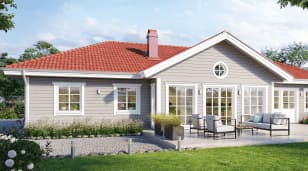
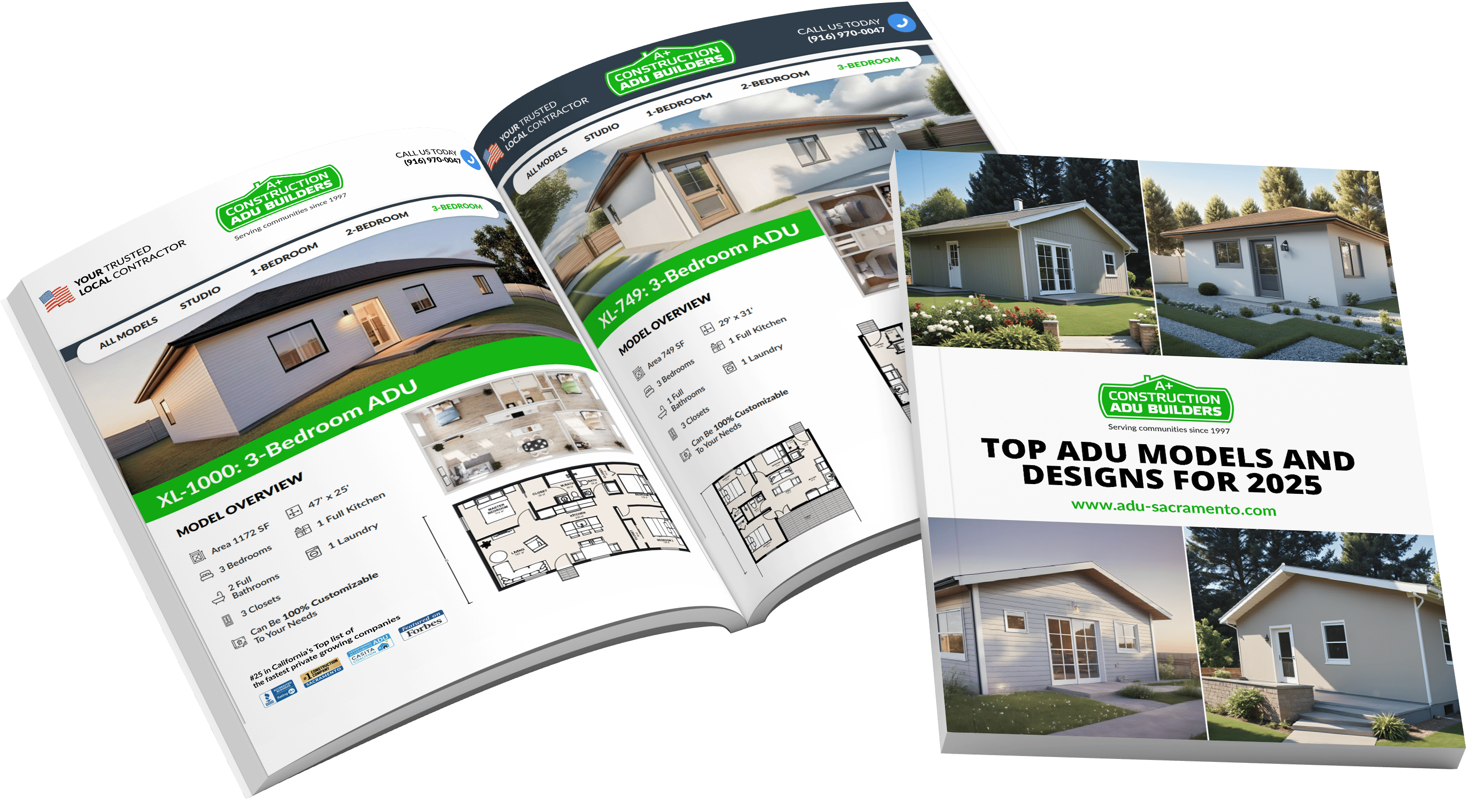


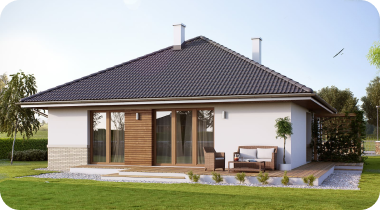
A link to download your FREE brochure will be in your inbox in 3 minutes
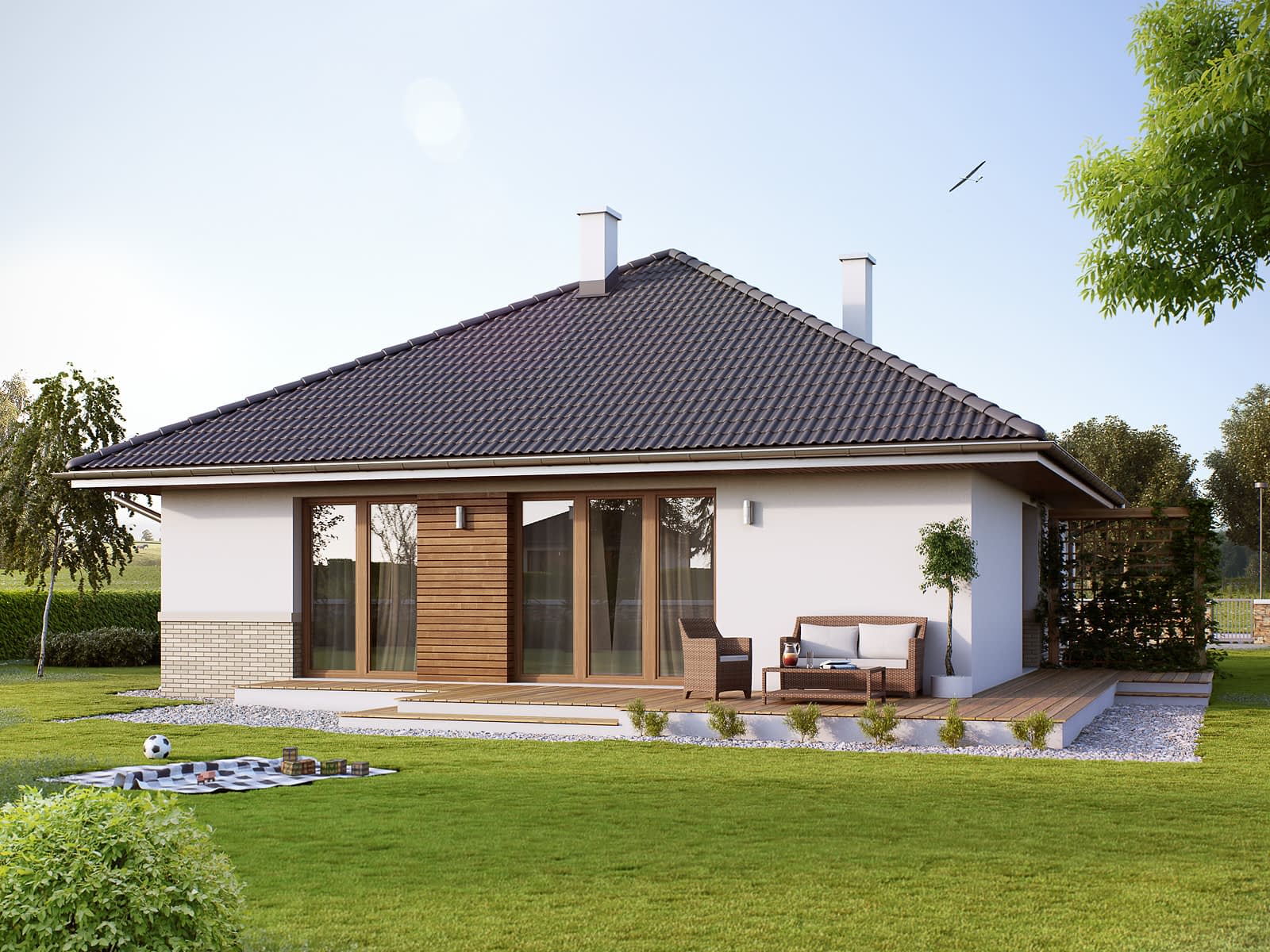


















The final price may vary based on project specifics.
To get a free accurate quote tailored to your needs, book a consultation with us today!

The price per square foot provided is an average and may vary depending on project-specific details such as materials, location, complexity, and other factors. Actual costs may differ from the average provided.
It is recommended to obtain a detailed quote based on the specific requirements of your project.

Please note that the monthly payment displayed on this page is an estimate and is subject to variation based on the selected loan product, applicants credit score, loan amount, and other financial details. Actual monthly payment may differ from the estimate provided.
It is recommended to seek advice from a financial advisor or loan officer to obtain precise payment information tailored to individual circumstances.
 Your Trusted
Local Contractor
Your Trusted
Local Contractor
An accessory dwelling unit (ADU) is a more affordable alternative to traditional construction. In recent years, more and more homeowners have started to perceive ADUs as a solution to the issue of housing shortages. Their improved features provide families with more living space, which has resulted in growing demand for accessory units, according to the Global Accessory Dwelling Unit Market Research Report.
If you’re considering ADU construction in 2024, let’s explore why the ADU market gained popularity and what ADU development trends are shaping the industry right now!
Accessory dwelling units expand housing options within existing neighborhoods, contributing to community integration. They facilitate accommodating multigenerational families by providing more space on the plot. Besides, they offer potential income sources (rent or sale) and encourage practices of sustainable living. These all make ADUs an attractive option.
But what determines the ADU market’s growth? The reasons include:
Want to arrange a comfortable living space within your parcel? Opt for popular features that make your accessory dwelling unit even more beneficial!
The emerging accessory dwelling unit trends demonstrate a shift towards greater accessibility in the ADU market. Through simplified financing possibilities and regulatory easements, local governments make ADUs more feasible. Additionally, the spread of emphasis on ADUs shows acknowledgment of ADUs as lucrative options for densely populated cities.
Real estate market analysis shows that mortgage interest rates in 2024 will remain high. So, as an alternative to common mortgage refinancing that alters original conditions, fixed-rate second-position loans are a breath of fresh air. If you have a beneficial interest rate, you don’t need to change it in order to build an ADU.
Moreover, these loans boast a fixed rate throughout the entire period of payment, remaining as low as they originally were. Homeowners are increasingly opting for second-position loans for one more reason: they’re long-term. This factor makes it easier for homeowners to pay off monthly, especially if you receive passive income from renting your ADU out.
However, despite these benefits, you should note that not all regions offer fixed-rate, second-position loans. Also, some lenders may want you to have a specific amount of equity (money already invested in your home) or require you to meet specific criteria to qualify for it.
Local governments are starting to recognize the positive impact of ADUs providing affordable housing options and contributing to addressing the housing shortage. Therefore, they tend to ease zoning laws and regulations to provide homeowners with more freedom when it comes to ADU building. This adjustment simplifies the ADU development process, making ADUs more accessible to larger demographics.
Despite the abovementioned, ADU market trends vary significantly depending on a particular region. Regional analysis shows that in urban areas with high demand for land, ADUs present an attractive option to a notable number of homeowners. ADU versatile living spaces mitigate low land availability in densely populated regions, leading to a surge of ADU designs explicitly tailored for such areas.
Moreover, ADUs have a rising rental market impact. The market size grows thanks to the growing popularity of ADUs used for rentals. This is due to the convenience and flexibility of ADUs as affordable housing options, which are already changing the estate market landscape.
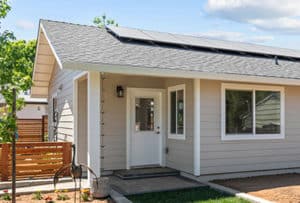
The accessory dwelling unit trends that are becoming popular reveal a specific pattern. All of them relate to two main factors:
ADU market dynamics demonstrate that more homeowners show interest in larger ADUs, ADUs with two stories, ADUs that focus on multifunctional spaces, and ADUs that incorporate aging-in-place features. All of these result in the enhanced flexibility of the accessory dwelling unit and its adaptation to different living conditions.
The group of trends showing a significant growth rate also includes sustainable construction practices, a rise in prefabricated ADUs, and ADUs made of low-maintenance materials. They revolve around increasing efficiency in accessory dwelling unit construction and design.
Emerging trends show that homeowners find it financially wise to build a larger ADU. Usually, more square feet means more possible income from the rent. ADU owners know that ADU plans and site preparation take a lot of money. But if you already have an ADU with the kitchen and bathroom fully finished, adding more living space to it is quite cheap in comparison with an overall ADU construction.
Constructing a bigger ADU provides added adaptability and a broader range of its utilization methods. Large ADUs offer space for guests, grown kids, extended family members, aging parents, or more renters. Also, big ADUs can increase the overall comfort level of the residential unit by adding remote work offices, outdoor areas, sunrooms, or hobby rooms to the existing square footage.
Why do homeowners prefer 2-story units to single-level layouts? There are many families that have big dreams but small lots, and 2-story ADUs offer an intelligent solution: vertical construction. They both provide you with all the features of traditional homes and fit into the limited space on your land.
Sometimes, builders can also create an ADU on the top of your one-story garage or on the top of another existing structure to maximize residential space while maintaining room for a lovely garden. This type of construction complements your primary residence and harmoniously integrates with the natural environment, enhancing design appeal.
However, when building a two-story ADU, note that it may require more robust construction support and foundation. Also, not all ADU types can be 2-story, so you need to opt for the right design that complies with the local building regulations, ordinances, and zoning codes.
There’s a rising trend for utilizing multifunctional spaces, and a modern ADU is one of the most innovative ways to do so.
This concept includes such solutions as:
Incorporating such elements into your ADU serves the purpose of creating an increasingly comfortable living space that is adept to daily challenges.
In 2024, many homeowners will favor ADU finishes that are easy to maintain, such as quartz, vinyl plank flooring, and one-piece inserts. Not only do they serve longer, but they’re also effortless to clean and don’t require frequent restoration. They’re stain-resistant and sturdy, allowing homeowners to enjoy their ADUs carefree, reducing time and effort waste.
Recently, there’s been a growing demand for sustainable living, which manifests in more homeowners choosing eco-friendly designs in ADUs. ADU’s environmental footprint is typically smaller than that of a traditional home anyway. That’s because smaller ADUs demand less energy and occupy less land. But ADUs made with the use of energy-efficient materials like solar panels and green roofs are reducing disruption to nature and promoting eco-mindfulness even more. Moreover, they result in significant long-term cost savings.
The younger generation may appreciate smart home technology that you can install into your accessory dwelling unit. This includes automated systems that can control lighting and heating (smart thermostats), voice control systems that can turn and turn off your TV, video doorbells, and many others. These technologies improve the convenience of an ADU and contribute to overall comfort.
Due to the increasingly aging population, building professionals create more ADUs precisely planned with aging-at-home attributes. Walk-in showers, open floor arrangements, and broad passageways gained popularity because these features provided a secure environment for elderly people who chose to stay in the family home. Not only is it comfortable for seniors, but it also helps families form stronger multigenerational bonds.
Prefabricated units (modular ADUS) are ADUs typically constructed off-site. The reason behind the growing demand for modular and prefabricated units is their lower cost and shorter construction time. As opposed to a non-modular ADU, a prefabricated accessory dwelling unit avoids the design stage and sometimes does not require even partial assembly. With this approach, you can start using your units right after furniture placement.
The ADU market segment demonstrates various trends, starting with trends for more affordable ADU financing and less complicated buildings and ending with specific design and construction trends. Generally, ADU owners tend to build larger or taller ADUs while optimizing the internal spaces to the utmost level of efficiency.
An accessory dwelling unit (ADU) is a good investment for many reasons. It can provide you with rental income and increase your property value. More so, it instantly expands your living area so that you can use it for hobbies, as dedicated office space, and as a place for your guests to stay.
California laws state that ADUs should not be higher than 16 sq. ft., which generally makes it difficult to build a two-story ADU. However, attached ADUs can reach the height of the primary residence, or 25 feet maximum.
ADUS creates new homes for many people, from tenants who can rent them more affordably to distant relatives or aging parents who can live with their grown children. ADUs supply the market with a broader range of diverse housing choices.
Get a First Look at Real ADU Projects